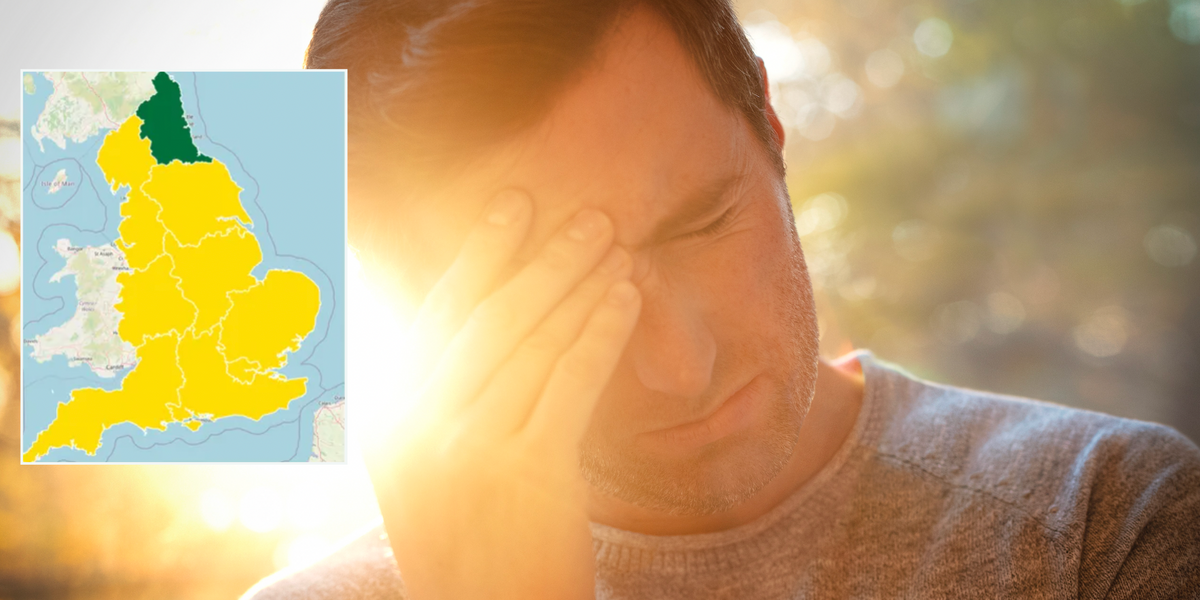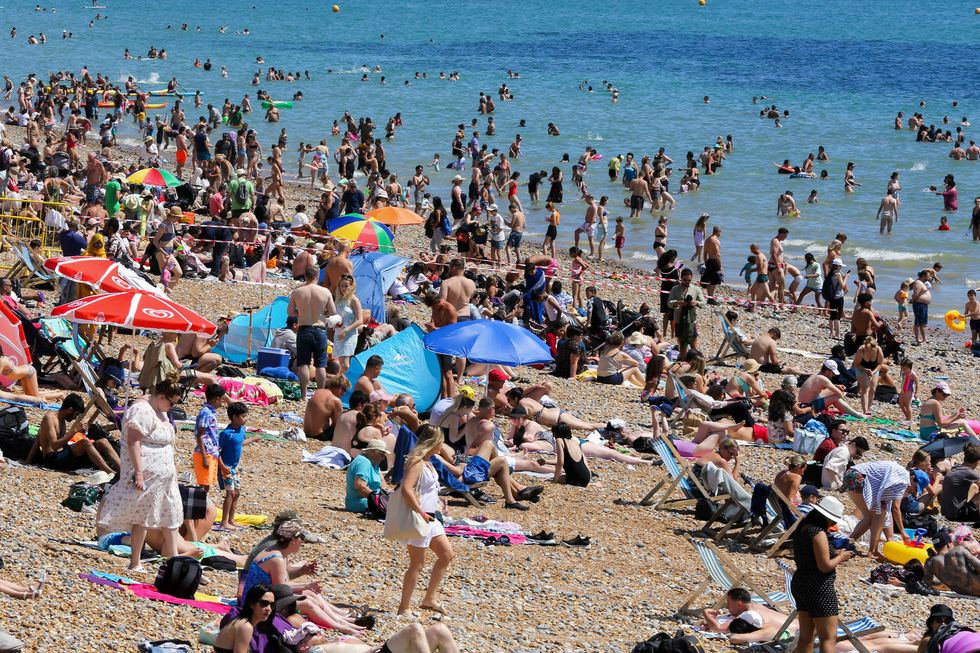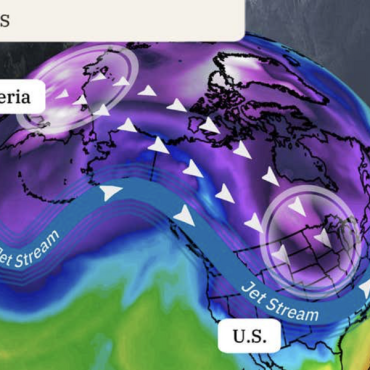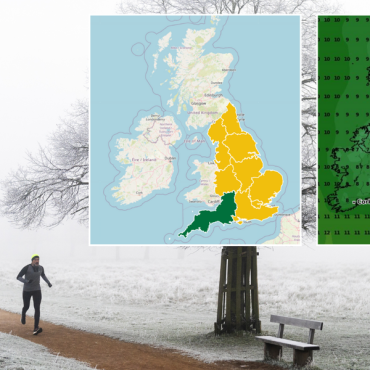Britons are being warned about the potentially deadly symptoms of heatstroke as the hottest day of the year approaches.
The warm spell over the weekend is set to continue, with London predicted to reach highs of 32C by Tuesday, while other parts of the country will see temperatures four or five degrees warmer than average for this time in July, the Met Office said.
The hottest day of the year so far was on 19 July when a high of 31.9C was recorded at St James’s Park in central London.
As temperatures soar, it is imperative to watch out for the warning signs of heatstroke – a heat-related illness.

Signs of heat stroke include confusion, altered mental status and slurred speech
Getty Images
“It occurs when the body can no longer control its temperature: the body’s temperature rises rapidly, the sweating mechanism fails, and the body is unable to cool down,” explains the Centers for Disease Control and Prevention (CDC).
When heatstroke occurs, the body temperature can rise to 40 C or higher within 10 to 15 minutes, the CDC says, adding: “Heatstroke can cause permanent disability or death if the person does not receive emergency treatment.”
Symptoms of heat stroke include:
- Confusion, altered mental status, slurred speech
- Loss of consciousness (coma)
- Hot, dry skin or profuse sweating
- Seizures
- Very high body temperature
- Fatal if treatment delayed
Trouble ahead
Heat exhaustion precedes heatstroke. It occurs when the body overheats and cannot cool down.
According to the NHS, heat exhaustion does not usually need emergency medical attention if you cool down within 30 minutes.
Common symptoms of heat exhaustion include:
- Tiredness
- Weakness
- Feeling faint
- Headache
- Muscle cramps
- Feeling or being sick
- Heavy sweating
- Intense thirst
If someone is showing signs of heat exhaustion they need to be cooled down and given fluids, says the NHS.

The Met Office said the mercury could reach up to 32C in London by Tuesday
Getty Images
UK heatwave latest
The Met Office said the mercury could reach up to 32C in London by Tuesday while long-term forecasts remain warm despite the chance of thunderstorms during the week.
The heatwave threshold is met when a location records at least three consecutive days with maximum temperatures exceeding a designated value, according to the Met Office.
This is 25C for most of the UK, but rises to 28C in London and its surrounding area, where temperatures are typically higher.
The warm surge is down to a wave of high pressure across the country and warm air rising from the south, creating dry, fine and sunny conditions and bringing temperatures up.
Simon Partridge, forecaster at Met Office, said: “There is certainly potential that it could become an actual official heatwave, because in the spells you’ve had before it hasn’t actually met all the criteria.
“If there’s not, it’s very close to it, and if you’re out and about and a member of the public then it’s going to feel like a heatwave anyway, because also overnight things are going to turn a little bit more humid and muggy day-on-day as well.”













Post comments (0)